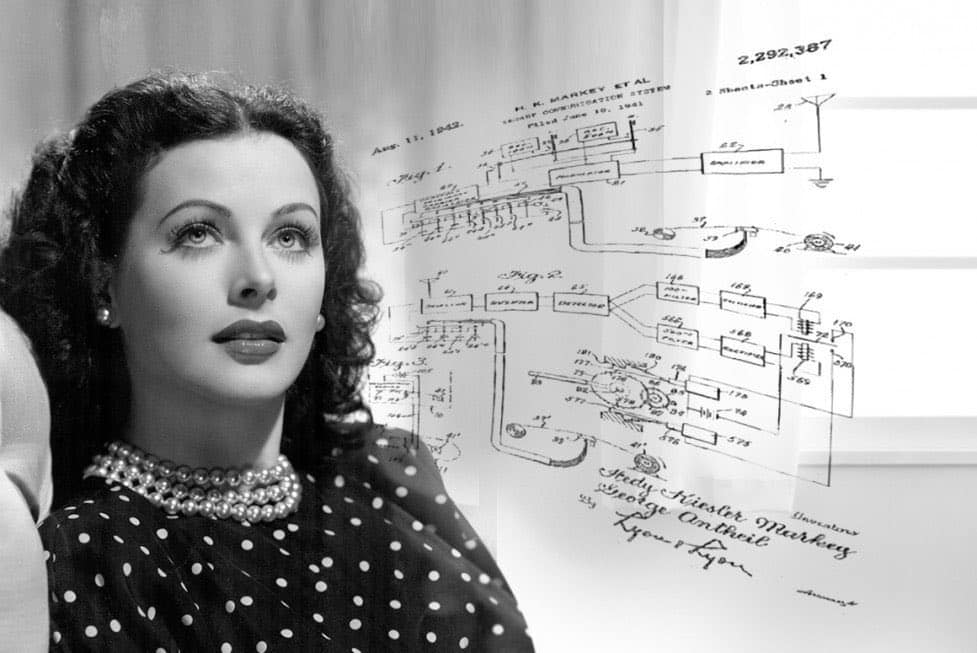Inspecting & Testing Antennas with UAVs
December 2023
In the previous issue, we enumerated the different ways that unmanned aerial vehicles (UAVs), or “drones,” can be used to take measurements. In this issue, we focus on how they’re used to qualify antennas.
1. Visual Inspection. Perhaps an antenna is situated in a less-accessible area. UAVs equipped with high-resolution cameras and sensors can capture detailed images of antennas from various angles. This imagery helps in assessing the physical condition, orientation, and any potential damage or wear on the antennas, allowing for better maintenance.
2. Analyzing Antenna Performance. Specialized UAVs can carry RF measurement equipment to measure signal strength, radiation patterns, and other RF characteristics. As we know, the data collected is crucial for optimizing the placement and configuration of antennas in communication systems. The benefit of having UAVs taking measurements is that they can take these measurements exactly where the antenna is placed, whether indoors or outdoors, instead of in a controlled environment such as a testing chamber.
3. Signal Strength Mapping. To expand upon the previous point, a drone carrying equipment for measuring radiation patterns can fly around the antenna and take measurements at different positions. At each position, it can recording the antenna’s signal strength. The data collected can then be used to create a three-dimensional radiation pattern, similar to those JEM Engineering generates with our in-house testing facilities.
4. Antenna Alignment and Calibration: Because they can specific locations around the antenna and measure signal strength, drones can help technicians fine-tune the antenna’s direction and settings for optimal performance.
5. Thermal Imaging: Thermal imaging cameras on drones can be used to detect hotspots or anomalies in antenna components. This method can reveal issues such as overheating, indicating potential malfunctions or faulty elements within the antenna structure.
6. Antenna Height and Position Measurements: Drones with precision altitude sensors and GPS capabilities can help measure the height and position of antennas. This data is valuable for regulatory compliance, maintenance records, and ensuring the antennas are within specified parameters.

7. Comparing Environmental Factors. Because UAVs provide a flexible and efficient way to test antennas in real-world environments, engineers can assess and compare how antennas perform in different locations, as well as under different conditions. For example, they can compare how the antenna performs in urban, suburban, and rural areas. These assessments allow engineers to adjust their designs accordingly.
8. Surveillance and Monitoring. Naturally, not only can the drones inspect the actual antenna units, they can be used to survey all that surrounds the antenna. They can conduct ongoing surveillance and monitoring of antenna installations, which helps in identify any issues that may arise over time, such as environmental damage or unauthorized modifications. Additionally, they can create detailed topographic maps and surveys of the landscape on which the antennas are installed. This information aids in understanding the terrain and potential obstacles that might affect signal propagation.
9. Satellite simulation. A drone can fly a programmed path over a ground station, exactly emulating the track and speed of a LEO satellite. This can be very useful to qualifying the ground station for operations with a satellite constellation.
These methods showcase the versatility of drones in antenna measurement and how they can streamline the process of assessing and maintaining antennas in various industries, including telecommunications, broadcasting, and satellite communication.
There are multiple advantages to using drones for antenna measurement.
1. Safety. Reducing the need for personnel to climb towers or high structures for inspections.
2. Efficiency. Enabling faster and more comprehensive assessments compared to traditional methods.
3. Cost-effectiveness. Lowering the costs associated with manual inspections and measurements.
4. Accuracy. Providing detailed data from various angles and heights, improving the overall assessment of antenna performance.
Latest Posts

10 Factors that Affect Antenna Performance
We get a lot of inquiries regarding antenna performance in various settings, one of them being, “how far will the antenna propagate?” In this post, we describe some of the many factors that affect antenna performance.

Hedy Lamarr: The Hollywood Actress Who Changed Wireless Technology
This Women’s History Month, we wanted to highlight the life and career of Hedy Lamarr, a famous Hollywood star whose lesser-known achievements include essentially laying the foundations for the spectrum-hopping technology we know today as WiFi.

Living Legends: James West and Jesse Russell
Every February, JEM Engineering honors the the African American Engineers who have made lasting contributions in STEM. This year, we’re excited to spotlight two living legends: James Edward West and Jesse Eugene Russell.
